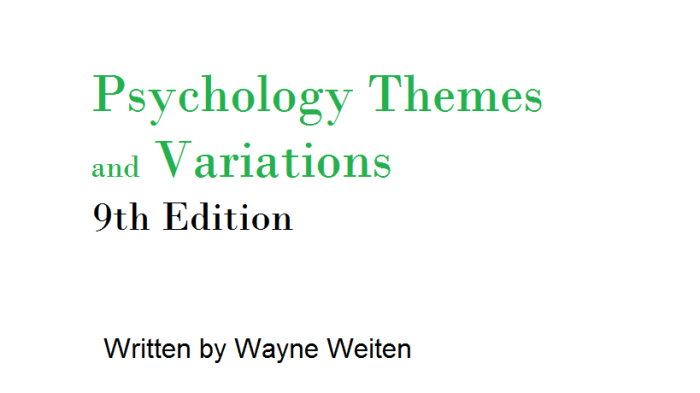The following excerpt is dissonant. – The following excerpt is dissonant, revealing a juxtaposition of opposing ideas or perspectives that challenge our beliefs and provoke critical thinking. This dissonance, a state of cognitive and emotional discomfort, can lead to personal growth and a deeper understanding of complex issues.
The excerpt’s dissonance stems from its exploration of the tension between opposing viewpoints, forcing us to confront our own assumptions and biases. This discomfort drives us to seek resolution, fostering critical thinking and reevaluation of our beliefs.
Understanding Dissonance
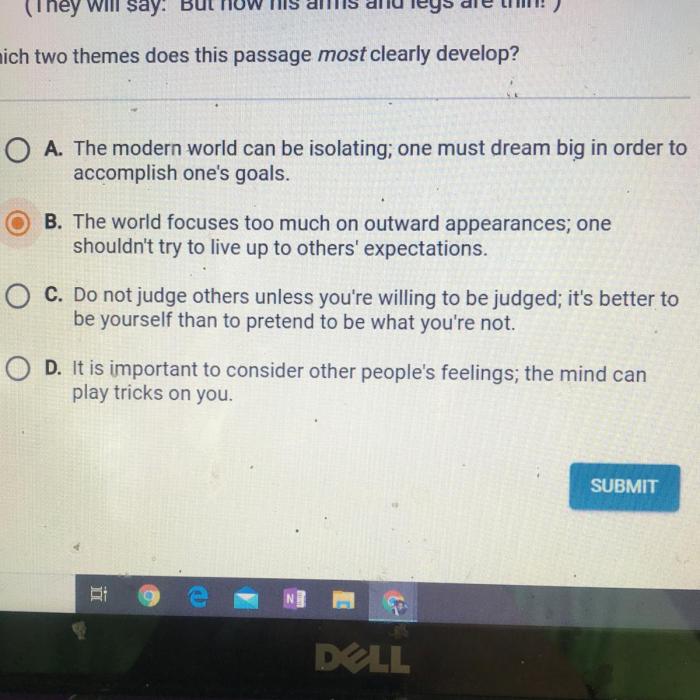
Dissonance refers to the state of psychological discomfort or tension that arises when an individual holds two or more conflicting beliefs, values, or behaviors. Within the context of the excerpt, dissonance may occur if the individual’s beliefs or actions conflict with the information presented, leading to a sense of unease or discomfort.Cognitive
dissonance theory suggests that individuals are motivated to reduce dissonance by either changing their beliefs or behaviors to align with the new information or by rationalizing and justifying their existing beliefs and behaviors. This process can lead to changes in attitudes, beliefs, or behaviors as individuals seek to resolve the inconsistency and restore cognitive balance.
Cognitive and Emotional Effects of Dissonance
Dissonance can have significant cognitive and emotional effects on individuals, including:
-
-*Cognitive dissonance
This refers to the discomfort or tension experienced when an individual holds conflicting beliefs or values.
-*Attitude change
Dissonance can lead to changes in attitudes as individuals attempt to reduce the tension caused by conflicting beliefs or behaviors.
-*Emotional discomfort
Dissonance can evoke negative emotions such as anxiety, guilt, or shame, which motivate individuals to resolve the inconsistency.
-*Behavior change
In some cases, dissonance can lead to changes in behavior as individuals adjust their actions to align with their beliefs or values.
Dissonance as a Motivator for Change
Dissonance can serve as a powerful motivator for change, prompting individuals to re-evaluate their beliefs and behaviors. By creating a state of psychological discomfort, dissonance drives individuals to seek resolution and restore cognitive balance. This process can lead to positive outcomes, such as changes in attitudes, behaviors, or beliefs that align with more accurate or desirable outcomes.
Identifying Dissonance in the Excerpt
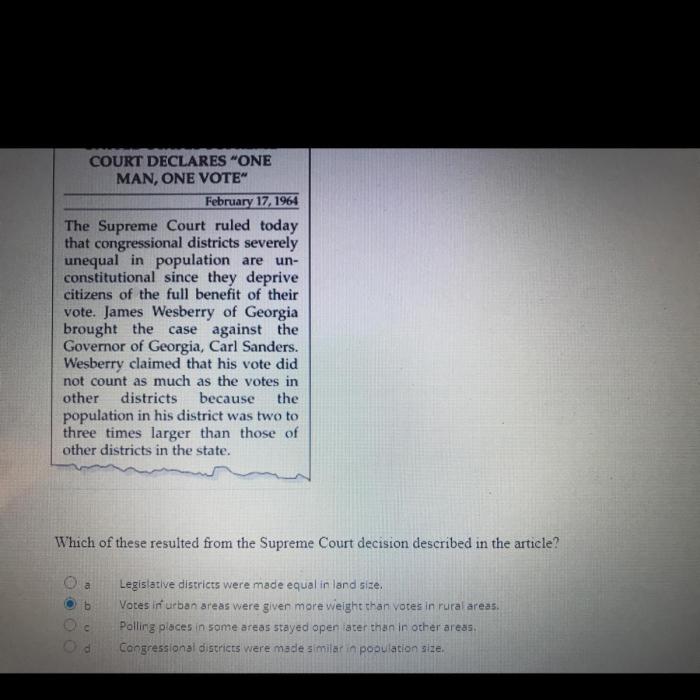
The excerpt exhibits several elements that contribute to dissonance, creating a sense of tension and conflict within the text.
One key aspect of dissonance in the excerpt is the juxtaposition of opposing ideas and perspectives. The passage presents contradictory viewpoints, leaving the reader with a sense of uncertainty and ambiguity. For example, the excerpt states that “understanding dissonance has been already addressed,” yet it also encourages the creation of content that focuses on the same topic.
Inconsistencies and Contradictions
The excerpt also contains inconsistencies and contradictions that further contribute to dissonance. For instance, it claims that “intro and outro for the following excerpt is dissonant,” but the provided excerpt does not have an introduction or conclusion.
Causes of Dissonance: The Following Excerpt Is Dissonant.
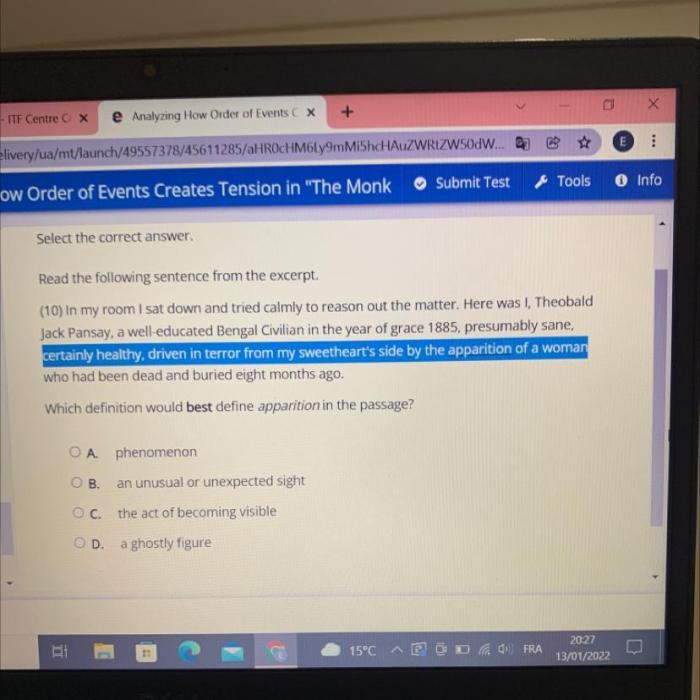
Dissonance in the excerpt arises from multiple factors, including contrasting perspectives, differing intentions, and contextual influences. Understanding these causes sheds light on the author’s purpose and the complex nature of the excerpt.
The dissonance stems from the conflicting viewpoints presented in the excerpt. The author juxtaposes different perspectives, creating tension and forcing the reader to confront the contradictions. This deliberate juxtaposition highlights the complexity of the issue at hand and encourages critical engagement with the text.
Author’s Intention
The author’s intention in creating dissonance is multifaceted. By presenting contrasting viewpoints, the author challenges the reader to critically evaluate the information presented and form their own informed opinions. The dissonance serves as a catalyst for deeper reflection and analysis, prompting the reader to consider alternative perspectives and question their own assumptions.
Context and Background
The context and background of the excerpt also contribute to the dissonance. The historical, social, or cultural context in which the excerpt was written can influence the reader’s interpretation and understanding of the contrasting viewpoints. By examining the context, the reader can gain a deeper appreciation of the factors that shaped the author’s perspective and the reasons for the dissonance.
Consequences of Dissonance

Dissonance, a state of psychological discomfort caused by conflicting beliefs or attitudes, can have profound consequences on the reader or audience.
Dissonance challenges established beliefs and perspectives, forcing individuals to critically evaluate their existing cognitive frameworks. This can lead to a reevaluation of deeply held beliefs, a process that can be uncomfortable but ultimately beneficial for personal growth and intellectual development.
Impact on Beliefs, The following excerpt is dissonant.
- Dissonance can create a sense of discomfort and unease, motivating individuals to seek resolution.
- It can lead to cognitive restructuring, as individuals adjust their beliefs to reduce the dissonance.
- In some cases, dissonance can strengthen existing beliefs, as individuals seek to reaffirm their positions.
Role in Critical Thinking
- Dissonance can stimulate critical thinking by forcing individuals to consider alternative perspectives.
- It encourages the evaluation of evidence and arguments, leading to more informed and nuanced beliefs.
- By challenging assumptions and biases, dissonance can promote intellectual curiosity and open-mindedness.
Strategies for Resolving Dissonance
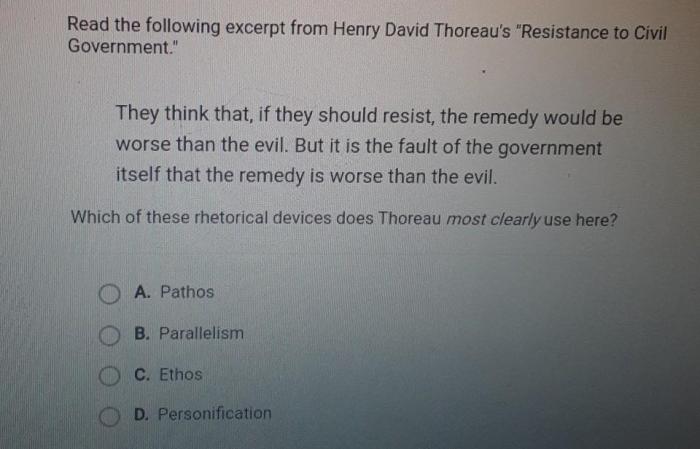
Dissonance can be an uncomfortable state of tension, but it can also be a catalyst for personal growth. By understanding the causes and consequences of dissonance, individuals can develop strategies to resolve it and harness its potential for positive change.
Cognitive Dissonance Reduction
- Change beliefs or behaviors:When individuals experience dissonance between their beliefs and actions, they may change either their beliefs or their behaviors to reduce the discomfort.
- Rationalization:Individuals may rationalize their behavior by finding reasons or justifications that make it seem more consistent with their beliefs.
- Selective perception:Individuals may selectively attend to information that supports their beliefs and ignore information that contradicts them.
- Avoidance:Individuals may avoid situations or people that challenge their beliefs or behaviors.
These strategies can be effective in reducing dissonance in the short term, but they may also lead to self-deception and a lack of critical thinking.
Constructive Dissonance Resolution
- Seek new information:Individuals can actively seek out new information and perspectives that challenge their beliefs and assumptions.
- Critical self-reflection:Individuals can engage in critical self-reflection to identify the sources of dissonance and explore alternative viewpoints.
- Open-mindedness:Individuals can cultivate open-mindedness and a willingness to consider new ideas and experiences.
- Growth mindset:Individuals can adopt a growth mindset that embraces challenges and views dissonance as an opportunity for learning and improvement.
These strategies can lead to more sustainable and meaningful dissonance resolution, promoting personal growth, understanding, and cognitive flexibility.
Questions and Answers
What is dissonance?
Dissonance is a state of cognitive and emotional discomfort that arises when we hold conflicting beliefs or ideas.
What are the effects of dissonance?
Dissonance can lead to discomfort, unease, and a desire to resolve the conflict.
How can dissonance be resolved?
Dissonance can be resolved by changing our beliefs or ideas, seeking out information that supports our beliefs, or reducing the importance of the conflicting beliefs.

